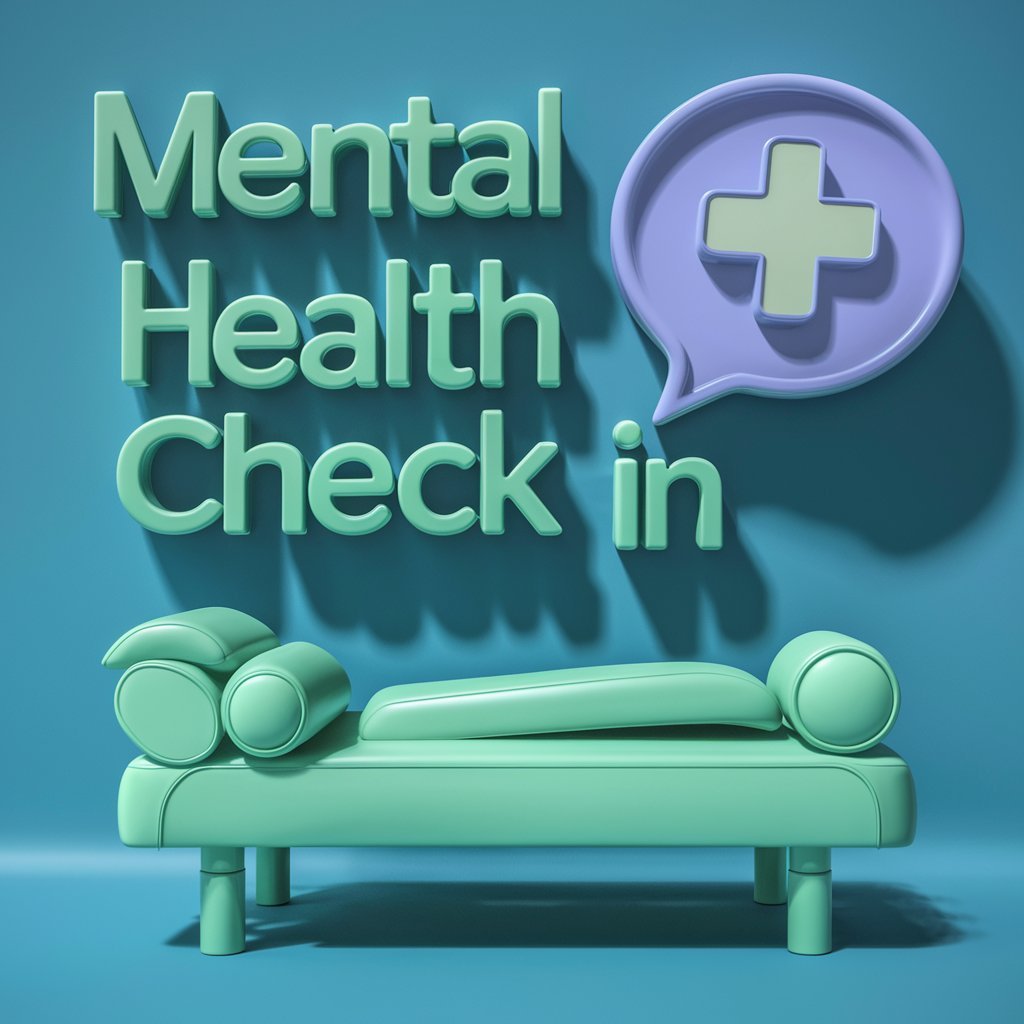Trigger warnings have become a common practice in today’s society, especially in online spaces such as social media platforms and blogs. But what is the psychology behind trigger warnings and why do they matter? In this article, we will explore the reasons why trigger warnings are important and how they can impact individuals’ mental health.
Understanding Trigger Warnings
Trigger warnings are messages that alert individuals to potentially distressing content, such as discussions of violence, abuse, or trauma. They provide a heads-up to readers and viewers, allowing them to make an informed decision about whether or not to engage with the content. This practice is rooted in empathy and compassion for those who may have experienced trauma and could be triggered by certain topics.
The Impact of Trigger Warnings
Research has shown that trigger warnings can have a positive impact on individuals’ mental health. By giving individuals a choice in whether or not to engage with triggering content, trigger warnings can help prevent re-traumatization and reduce symptoms of anxiety and PTSD. They can also create a sense of safety and control for individuals who may have experienced trauma in the past.
Why Trigger Warnings Matter
Trigger warnings matter because they acknowledge the reality of trauma and the diverse experiences of individuals. By incorporating trigger warnings into our communication practices, we can create a more inclusive and supportive environment for all individuals, especially those who have experienced trauma. Trigger warnings show respect for individuals’ boundaries and empower them to make choices that are best for their mental well-being.
The Psychology Behind Trigger Warnings
From a psychological perspective, trigger warnings can be seen as a form of cognitive priming. Priming is the process by which exposure to a stimulus influences a person’s response to a subsequent stimulus. In the case of trigger warnings, individuals are primed to be aware of potentially distressing content, which can help them prepare emotionally and psychologically for what they are about to encounter.
Trigger warnings can also be viewed as a form of self-regulation. By allowing individuals to choose whether or not to engage with triggering content, trigger warnings empower individuals to regulate their emotions and protect their mental well-being. This sense of agency can be empowering for individuals who may have felt helpless or out of control in the face of triggering content in the past.
Conclusion
In conclusion, trigger warnings are an important tool for promoting mental health and well-being. By acknowledging the reality of trauma and providing individuals with a choice in whether or not to engage with triggering content, trigger warnings can help prevent re-traumatization and foster a sense of safety and control. Incorporating trigger warnings into our communication practices can create a more inclusive and supportive environment for all individuals.
FAQs
1. Are trigger warnings a form of censorship?
No, trigger warnings are not a form of censorship. Instead, they are a means of providing individuals with information about potentially distressing content so that they can make informed choices about whether or not to engage with that content. Trigger warnings empower individuals to protect their mental well-being while still allowing for open and honest discussions.
2. Do trigger warnings infantilize individuals?
No, trigger warnings do not infantilize individuals. Rather, they show respect for individuals’ boundaries and experiences, allowing them to make choices that are best for their mental health. Trigger warnings empower individuals to take control of their emotional well-being and promote a more inclusive and supportive environment for all individuals.





